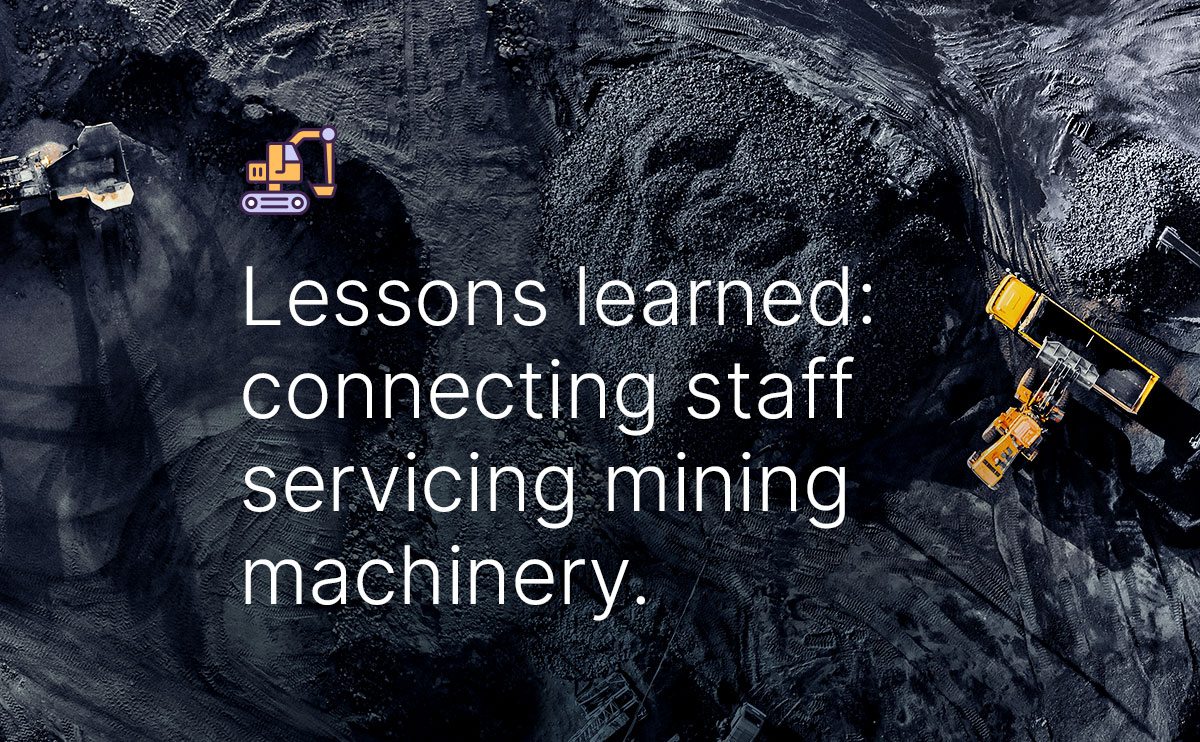To succeed with your CRM project, focus on the personal success of each sales rep.
I recently came across a 2017 CIO magazine article in which posited that over a third of customer relationship management (CRM) projects fail. Even more interesting is that 2018 Harvard Business Review article indicated that when executives were asked whether their CRM system is helping their business grow, the failure rate was stated to be closer to 90%.
This may seem like a shocking statistic. While I think 90% is more of an expectation gap assessment versus absolute project failure, it is consistent with our experience over the last five years working with hundreds of small-to-medium businesses (SMB) who, if asked what their level of satisfaction is with their existing CRM project, would reply with a resounding ‘meh’.
So, what’s going wrong and why?
The very first ever CRM was automated contact tracking (ACT), released in 1987 and is still in use to this day. ACT was essentially a digital Rolodex focused on customer contact information. It promised to manage the customer lifecycle, improve collaboration, create more effective pipeline management, increase business revenue and grow your company.
Way back in the days of VGA monitors and 3.5-inch disks, we forever defined the CRM value proposition according to its set of product features. Unlike accounting systems, which must comply with rigid industry standards, CRM systems are more like a Lego box of seemingly endless options that allow the user to define custom workflows, data structures and reporting.
The strength of CRM is also its core weakness: With more flexibility comes more opportunity to put time, money and effort into the wrong outcome.
When reviewing the success criteria for a CRM project, high on the list of priorities are improved data entry, 360-degree customer reporting and sales lifecycle management. Ask what the objective of the CRM project is, and the answer you will typically hear is that it’s all about centralising customer data, streamlining sales process and increasing productivity.
On the other hand, ask the CEO what the expected outcome of the project is, and business growth is likely to be the resounding response. In fact, it is often the business case on which the CRM project is approved in the first place
In my experience, those projects that focus on requirements rather than outcomes always fail to achieve the expected outcome, hence the executives claiming a 90% failure rate.
Difference between outcome and requirements
Requirements gathering
When focusing on requirements, solutions are built around information, reporting and processes. Of course, the project needs to deliver a solution to meet the requirements of the business. However, the issue that arises is that when requirements are the objective, we run the risk of failing to achieve our expected outcomes.
Typically, we ask what data needs to be recorded, how we progress a sale and what is included in the forecast. Recalcitrant sales reps will do the bare minimum to meet their reporting obligations and leave it at that.
This is so common that there is a Salesforce meme relating to this very issue: ‘If it’s not in Salesforce, then it doesn’t exist.’ This focus on inspiring discipline is based on the assumption that the act of using the CRM is in itself the primary method to success.
In actual fact, all this does is inspire teams to do the bare minimum to meet their reporting obligations. If this strategy is allegedly so successful, then why is there the massive expectation gap experienced by many executives?

















